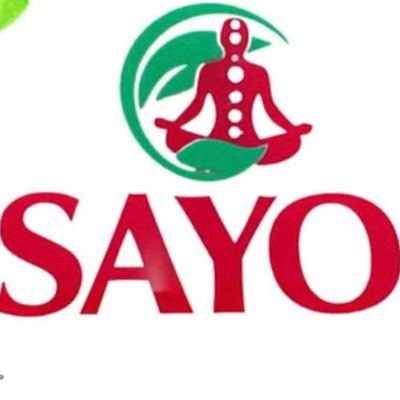INR. 500 INR. 1000
+919226899669

This is your website preview.
Currently it only shows your basic business info. Start adding relevant business details such as description, images and products or services to gain your customers attention by using Boost 360 android app / iOS App / web portal.
Description
When it comes to yoga and diet during pregnancy, the focus should be on maintaining a healthy body, reducing stress, and preparing for childbirth. Here are some general guidelines for both: ### *Yoga During Pregnancy:* Pregnancy yoga, also known as prenatal yoga, is specially designed for pregnant women to help them stay fit, reduce stress, and prepare for childbirth. #### *Safe Yoga Poses (Asanas):* 1. *Tadasana (Mountain Pose):* Helps improve posture and balance. 2. *Vrikshasana (Tree Pose):* Enhances balance and strengthens the legs. 3. *Baddha Konasana (Butterfly Pose):* Opens up the hips and strengthens the pelvic floor muscles. 4. *Marjariasana (Cat-Cow Pose):* Relieves back pain and stretches the spine. 5. *Balasana (Child's Pose):* A relaxing pose that helps alleviate lower back pain. 6. *Viparita Karani (Legs Up the Wall Pose):* Improves circulation and reduces swelling in the legs. 7. *Shavasana (Corpse Pose):* Promotes relaxation and reduces stress. #### *Tips for Practicing Yoga During Pregnancy:* - *Avoid intense poses:* Skip deep twists, backbends, and poses that put pressure on the abdomen. - *Listen to your body:* If something doesn’t feel right, don’t push yourself. - *Focus on breathing:* Deep breathing techniques can help calm the mind and prepare for labor. - *Use props:* Blocks, straps, and cushions can help make poses more comfortable. - *Stay hydrated:* Drink water before, during, and after your yoga session. ### *Diet During Pregnancy:* A balanced diet is crucial during pregnancy to ensure the health of both the mother and the developing baby. #### *Nutritional Guidelines:* 1. *Fruits and Vegetables:* Aim for a variety of colors. They provide essential vitamins, minerals, and fiber. 2. *Whole Grains:* Opt for whole grains like brown rice, oats, and quinoa, which are rich in fiber and nutrients. 3. *Protein:* Include lean meats, eggs, beans, tofu, and dairy. Protein is vital for the baby’s growth. 4. *Dairy:* Low-fat milk, yogurt, and cheese are good sources of calcium, which is essential for the baby’s bones and teeth. 5. *Healthy Fats:* Include sources of healthy fats like avocados, nuts, seeds, and olive oil. 6. *Folate-rich Foods:* Folate (Vitamin B9) is crucial in preventing neural tube defects. Leafy greens, citrus fruits, beans, and fortified cereals are good sources. 7. *Iron-rich Foods:* Iron supports the increased blood volume. Include red meat, spinach, lentils, and iron-fortified cereals. 8. *Hydration:* Drink plenty of water to stay hydrated and help prevent constipation. #### *Foods to Avoid:* - *Raw or Undercooked Foods:* Avoid raw fish, undercooked meat, and eggs to reduce the risk of infections. - *Unpasteurized Dairy:* These can carry harmful bacteria. - *Certain Fish:* High-mercury fish like shark, swordfish, and king mackerel should be avoided. - *Caffeine and Alcohol:* Limit caffeine and avoid alcohol as they can harm the baby. ### *General Advice:* - *Eat small, frequent meals:* This helps manage nausea and ensures consistent nutrient intake. - *Include prenatal vitamins:* They help cover any nutritional gaps in your diet. - *Consult your doctor:* Before starting any new exercise or diet plan, consult your healthcare provider to ensure it’s safe for you and your baby. Both yoga and a healthy diet can significantly contribute to a smoother pregnancy and better overall health for both mother and baby.

